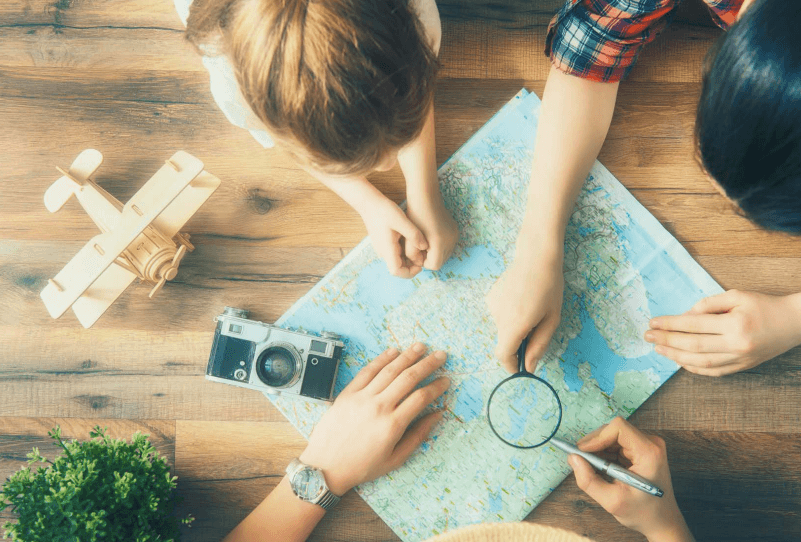Geography is a subject that is often overlooked in school. Students get bits and pieces, but many graduate without the ability to locate major landmarks or cities easily on a map.
The study of geography can lead to a deeper understanding of our world and goes far beyond simply being able to point out Rome or Mount Everest quickly. What’s more, you can find geography lessons hidden in all sorts of other subject matters—from the arts to literature to science to math. It’s all happening somewhere, right?






